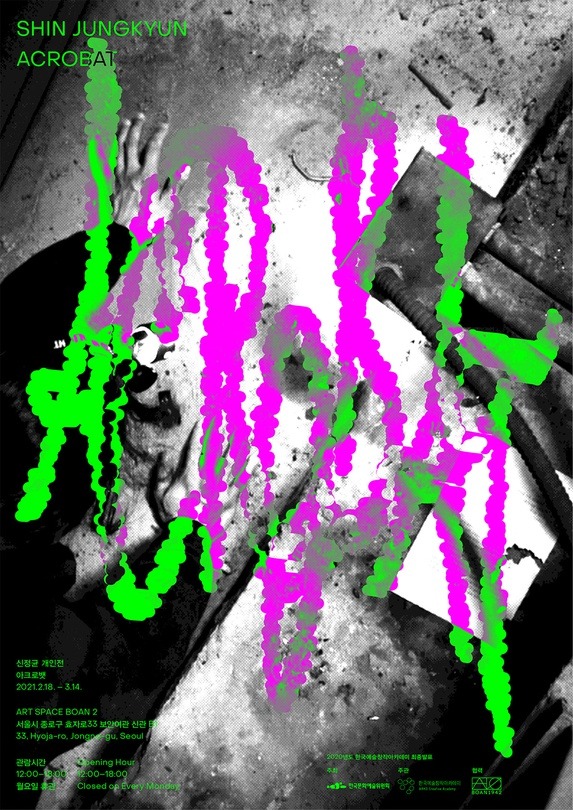
| Period| | 2021.02.18 - 2021.03.14 |
|---|---|
| Operating hours| | Tue - Sun:12:00~18:00 |
| Space| | Artspace Boan 1942(Boan1942)/Seoul |
| Address| | 33 Hyojaro, Jongrogu, Seoul, SouthKorea |
| Closed| | Monday |
| Price| | Free |
| Phone| | 02-720-8409 |
| Web site| | 홈페이지 바로가기 |
| Artist| |
|
정보수정요청



|
|
Exhibition Information
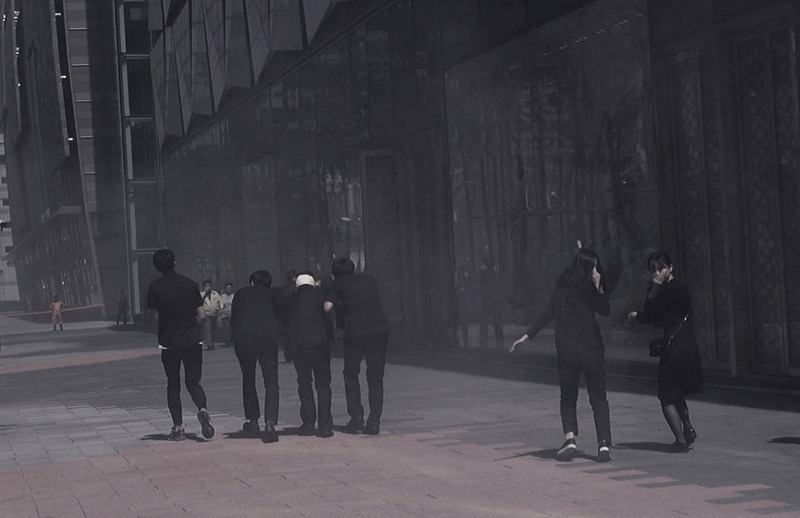
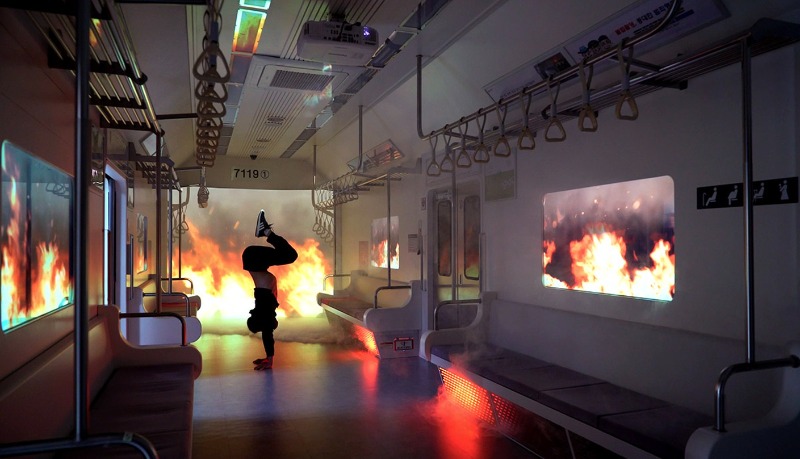
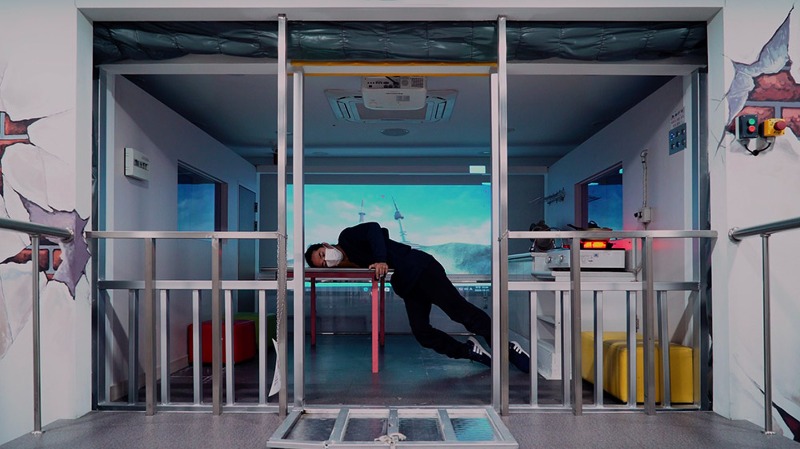
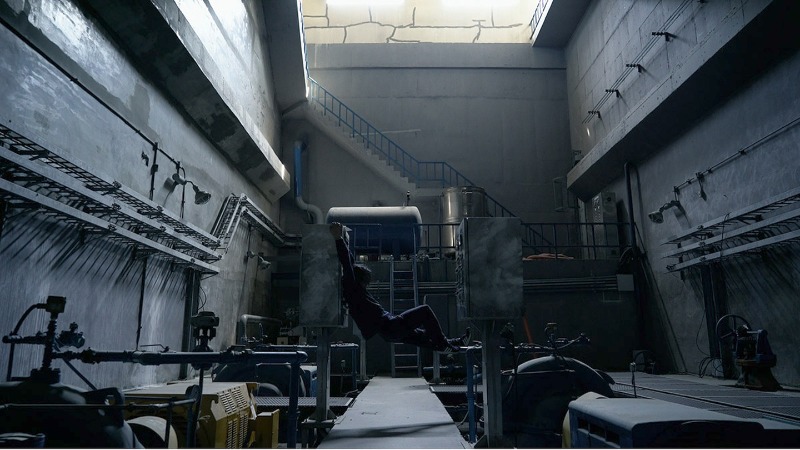
Present in Blank ᅠᅠᅠᅠ Ahn Soyeon an art critic -Flashback a shackle to a certain time In 1994, a trick of the hour called 0 class. Does it mean that it is a past that has not yet begun, or if it is (not), it is a future that has not yet come? It was always specifically set at 8:05 a.m. on weekdays, so I left home at 7 p.m. and got off the bus No. 7 at the main gate of Hongdae and went around the quiet campus to enter the classroom. I didn't even think of explaining the strange time setting, which marked zero as such, but it wasn't that I didn't know their disturbing desire to force the current time to be suspended further. Just as there is something that has been said and never has been, as it is a mythical and ideological narrative, the present time has been hidden like the complex-obsessed body of adolescence. An tireless passionate time, but the morning ahead of 0 class was always quieter than 10 p.m. when self-study ended and soon disappeared. A morning with nothing to see because nothing happened, than yesterday's night when even the remains of the day that were kicked by darkness, spreads the current sense of being diagnosed as unknown to the living body. Besides, how excited was October's proofreading like a long time ago. The bodies of the old trees, which have tremendous silence, are so devoted to the present time (fall foliage), the belief that the time will continue the day after tomorrow, the (season of trees), and how much it supports the new end of each day. Friday Disaster penetrated the morning when nothing happened. by accident On October 21, 1994, the Seongsu Bridge collapsed. Someone turned on the TV hanging in the classroom. An unclear, urgent video taken from the helicopter was reported. Just as time broke in two, the collapsed bridge seemed to divide the areas of life and death into two. Ah- (Un)certain video of disaster Since then, when I suddenly think about death, or when I think of death that will quell unknown anxiety, I draw in front of my eyes the imagination that disaster will come again - something unimaginable.When I crossed the Han River on a bus (at that unrealistic moment), I recalled an incident of disaster that would bring suspension to this moment when nothing happened.[Past] I, almost every time, cross the Han River by bus. Practice the narrative of disaster and death again.[Future] The Narration of Disaster: The withdrawal of Time He talked about the disaster. It is about another (possibly) event that will happen in the future, but that will prove to have already happened. Shin Jung-kyun, who had discovered, collected, observed, and recorded remnants from the past and had repeatedly imitated or re-activated the "form" and "act" in reality, brought up the story of the disaster by showing a 7 minutes and 20 seconds of on-site record footage taken by him. It is an ominous prediction and suspicion of the (near) future that came before him rather than being directly involved in the old and old past that he had always suffered. £To say this, you have to go back to a year ago. At that time, he said vaguely about the time capsule with the disaster, perhaps because I couldn't turn over any of his spleen to sentence him to a disaster somewhere in the future. The Future Practice (2020) contains the circumstances of disaster evacuation drills in buildings currently recorded as the tallest building in Korea. Like the urgent video in his memory of looking down at the collapsed disaster scene from a helicopter, Shin Jung-kyun accidentally captured what he saw (as if he had witnessed the future) in a camera video at an unexpected moment. It's important that you've brought it. I think that's probably why he clasped the title of "future exercise" on this unknown case, "disaster" is a futuristic attempt to invade the present and at the same time burying the present in the past and giving the rest of the remains to the future, allowing time withdrawal and renewal through an explosive rupture of time. Rather than the truth of the disaster itself, he seems to seek to explore the two sides of the abstract and material dimensions of time, noting its (different) tense or (fatal) timeliness as well as the epic nature of the disaster as a cover-up. At this time, it is the "body" that mediates this disaster and time, and Shin Jung-kyun actively attracts the setting of magical "acrobatics" in reality by paying attention to a series of gestures (with physical resistance and adaptation). (In fact, while preparing for an unpublished video performance called "Practice to Move Dimensions", he also left leaps and bounds while practicing "Dimensional Movement" with performer Seo Sang-hyun.) In "Future Practice," which recorded part of the disaster evacuation drill in video, the factor that breaks up the cliché of everyday life in two is the movement of the body at the boundary of the dimension rather than the simulation of the disaster. In other words, rather than a concrete and clear simulation of the reality of the disaster, the "body practicing the future," the performance transition brought by its uncertain present state of affairs, causes irrevocable interference by subverting the present time. "Practice for the Future" warns of a crisis of disaster, the current division it will bring, but in fact, the video record he has captured roughly is an (unexpected) suggestive or self-directed move by the crouched bodies imagining the disaster. In other words, the bodies of people in disaster evacuation drills deviate from the present time and create the body's (untamed) behavior that constitutes disaster and its future as a tense. "Simulation" (2020), which consists of four-channel images, is a little closer to that. Shin Jung-kyun planned a performance that transformed "Future Practice" into acrobatics based on a disaster simulation set up at the Safety Experience Education Center. In the video, performers stage a hypothetical disaster situation and show improvised acrobatics. At this time, what is the event of disaster coming from? Fluctuating land, flooding water, volcanic flames, all depictions of the disaster do not bring about any events, such as the narrative of the disaster and the withdrawal of time-the past, present, and future rearrangement/renewal. Importantly, it is a "performance" in which the performance of a performer who recognizes disasters, creates events, and transforms the flow of time. What Shin Jung-kyun emphasized in "Simulation" is the act of performing disaster. What's that supposed to do? Disaster has the power to simultaneously recall/remember/delay/delay a kind of time, like the 0th class (which I suspected), in which the past, present and future time suddenly gives meaning at the same time, or vice versa. Thus, this performance, which represents a virtual gesture-crop-dance in an uncertain imaginary "simulation" rather than the substance, deviates from its historical ideology from reproducing the moment of disaster. The dance conveys a "reason" (of body language). Ritual Time: Reflection and Retention Seeker (2020) and Acrobat (2020) are performance videos set in a discontinued intake station. The site of this stage has the inside story of a certain reality, which has been designated as a modern and contemporary industrial heritage with the suspension of operations and given the task of preserving the original form, part of which is now used as a circus performance practice. Due to the specificity of these added places, the arbitrary negotiation relationship between acrobatics and data retention, i.e., so-called circus and time capsule was created. Shin Jeong-gyun has attached these fragmented clues, laying a middle-level bridge to the narrative and format of the disaster-crop-time capsule. In "Finders," attention is drawn to the performers' "find" activities of exploring all over the closed intake area to preserve the original form. This reminds Shin Jung-kyun of the way he has been engaged in archive work and his cautious attitude, and it directly changes the way the eyes of the artist, who has been focused on archives, which have been sorted out by the remains of the past, are transferred to the artist's actions. For example, in a place designated as a future heritage site and in permanent circular preservation, Shin uses the only permitted form of "circus performance" to cross the interior of a time capsule sealed somewhere between the past, present and future. Like the enigmatic tenses of disasters, the seal of time experiences a series of withdrawals of time and a sudden interruption of time, recall, and reprieve. Shin Jung-kyun seems to have paid attention to the presentation of the body, called acrobatics, as its temporary appearance, as a permitted gesture. "Acrobat" literally revolves around self-directed acrobatics in which all the actions have been overturned. Like the unfamiliar movements of people who were seen blurry across the current time error in "Practice of the Future." From top to bottom, from shallow boundaries into the air, the body of the performer descending/falling into a deeply sealed place shows a magical acrobatic trick that moves the encrypted time/tense like the present time of a suspended gesture of offering. That incident in "Acrobat" resembles a future exercise in disaster preparedness scenarios. In short, it continually reflects on things like its non-historical motility and release of weight that are not bound by gravity, as it crosses the present time and moves back and forth between the past and the present grace for the future. Shin Jungkyun, who had been reasoning for the present where the remains of the past were accumulated, unfolded the present tense in parentheses, the empty present. Shin Jung-kyun, who had been constantly wandering around the threshold of new days caught up in the ideology of the century (called "gold" by Badiwoo), suddenly turned his eyes to the future. At this time, he emphasized the physical presentation of accidental and spontaneous acrobatics in which a heterogeneous narrative is reconstructed by its time error, pushing the panoramic continuum of ideological time into the narrative of an enigmatic disaster and a tomb-like time capsule. It does not seek the original form to be recorded or permanently preserved. Rather, it claims to be a stage where it confuses its strict time differences and re-practice/reason the past-present-future tense that no one knows about.
